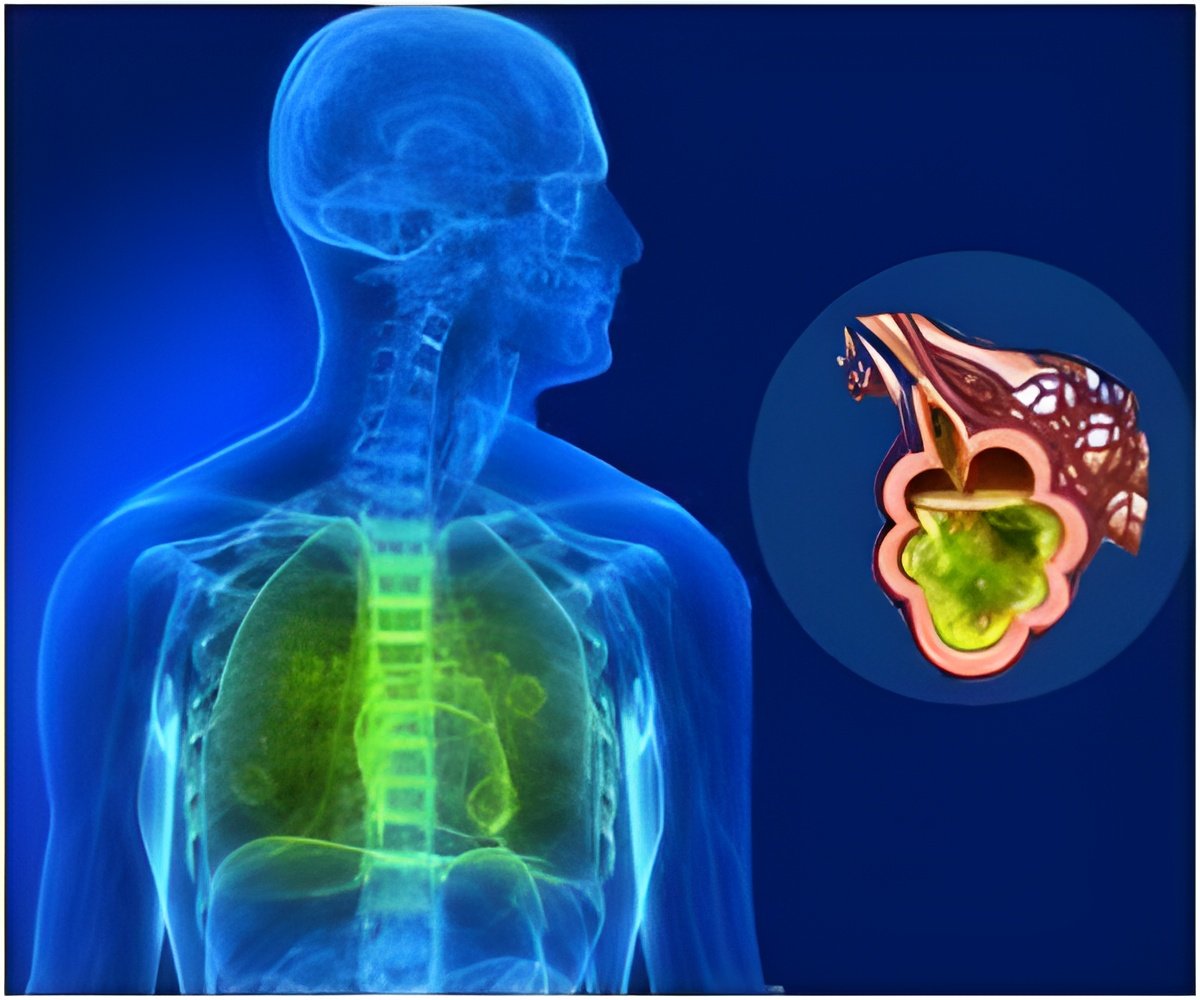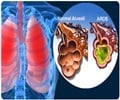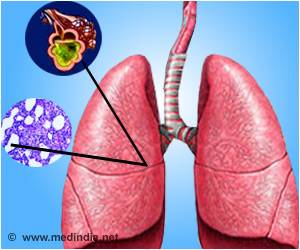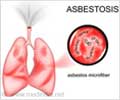A leading cause of respiratory failure after surgery is acute respiratory distress syndrome.

The findings are published in the journal Anesthesiology.
"This is a very common reason for needing an extended course of breathing support after surgery, and approximately 20 to 25 percent of patients who develop the syndrome will die from it," says first author Daryl Kor, M.D., a Mayo Clinic anesthesiologist. "It's well-documented that those who develop this syndrome stay in intensive care longer and in the hospital longer, and the impact of the syndrome can persist for many years."
Prevention of acute respiratory distress syndrome has become a priority for the National Institutes of Health's National Heart, Lung, and Blood Institute, the researchers noted.
To help prevent the condition, physicians first must identify who is most at risk, and that has proved difficult to do with individual patients, the researchers say. They studied 1,562 surgical patients considered at high risk of developing the syndrome, and found:
- Acute respiratory distress syndrome developed in 117, or 7.5 percent.
- Nine independent factors are predictors of the syndrome: sepsis; high-risk aortic vascular surgery; high-risk cardiac surgery; emergency surgery; cirrhosis; admission to the hospital unit from a location other than home, such as a nursing home or another hospital; increased respiratory rate; and two measurements that indicate hypoxemia, a lower-than-normal oxygen level in the blood.
- Identifying those nine risk factors for surgical patients allowed researchers to refine previous risk prediction models; the new model can be used to identify high-risk patients before surgery for possible participation in acute respiratory distress syndrome prevention studies.
"For example, we may be a bit more conservative in the way we transfuse blood products. We may also ventilate their lungs in a little different way than we might if their risk score was low," Dr. Kor says. "We also hope that by identifying these high-risk patients, we might be able to better select a study population for future studies that look at specific prevention strategies. Before, such studies really weren't feasible because we couldn't identify high-risk groups with any degree of accuracy."
Future research may include studying the specific role that anesthetic care plays and whether aspects of care in the operating room should be modified in patients at high risk of developing the syndrome, Dr. Kor says.
Source-Eurekalert
 MEDINDIA
MEDINDIA




 Email
Email









